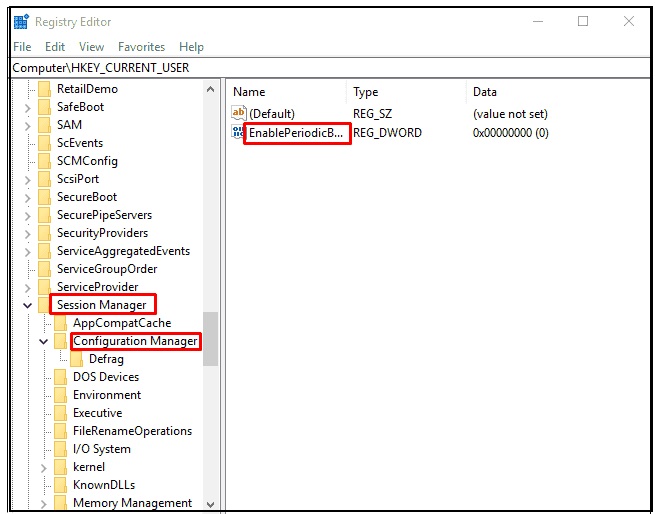



Let’s say you are editing a value stored at the following key: If you’re going to be making a single change here and there, you don’t really need to backup the entire registry necessarily. In many of my posts, I’ve mentioned tweaks or tips that require editing a key or value in the registry. Now let’s get to the main point of this article on the different ways you can backup the Windows registry. Obviously, before you make any changes to the registry, you should always back it up. You probably already know how to do this considering you found this article while trying to learn how to backup the registry. In just about every recent version of Windows, you can open the registry editor by clicking on the Start button and typing in regedit. Opening Registry Editor #įirst, let’s talk about opening the registry editor. I’ll explain both methods in detail below. If you can’t get into Windows anymore because the registry change messed something up more severely, then you can simply start up the Advanced Recovery Options and choose the previous restore point you had created. If there is a problem, you can always reload the exported section by simply double-clicking on the. So when making a change, create a restore point first and then backup the only edited section manually. The best option to backup and restore the entire registry is to use System Restore. Lastly, you may not even be able to import back the entire registry because a lot of keys will be in use by Windows and therefore simply won’t be written. This can actually lead more problems and possible corruption. Secondly, if you’re only changing one setting, trying to import back the entire registry later on may overwrite many other newer values that were written to other parts of the registry after the export. Firstly, you’re going to get a large file that you have to store somewhere. There is a way to export the entire registry, but that’s not a good option for several reasons. When you make a change to the registry, it’s always a good idea to create a restore point and then backup the edited section of the registry also. In terms of backing up the registry, you really have two options: backup parts of the registry manually via export or backup the entire registry using System Restore. You don’t really need to understand that level of detail, but hopefully you understand the structure of the registry. Each key in the registry can have more than one value, kind of like a folder can have more than one file stored inside.Īlso, values can store data of different types including String, Binary, DWORD, QWORD, and more. In the registry editor, keys actually look like folders and values are what hold the actual settings. You can think of keys as folders and values as the data stored inside the folders. The registry is made up of millions of keys and values.


 0 kommentar(er)
0 kommentar(er)
